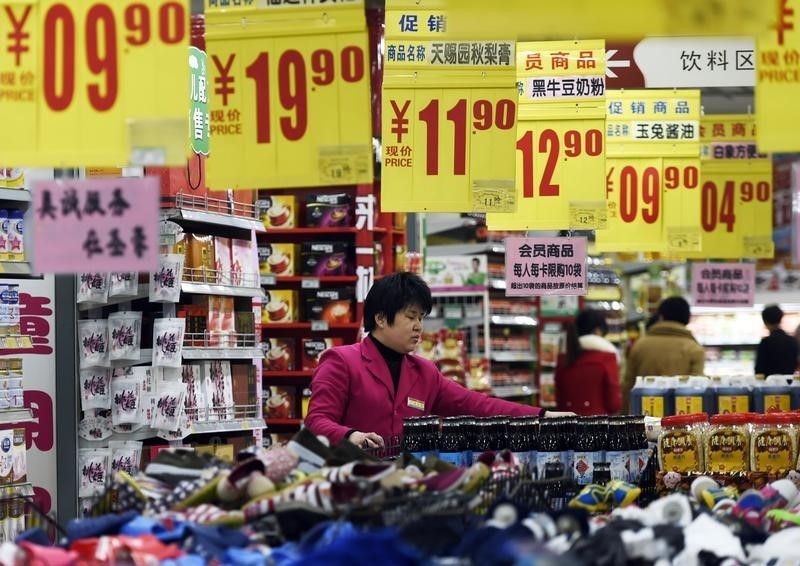By Gina Lee
Investing.com – China’s services activities expanded at their highest speed in four months in April, with a little help from a huge trade surplus.
Data released earlier in the day said that the Caixin Services Purchasing Managers Index (PMI) for April was 56.3, higher than March’s 54.3 reading.
The figure comes after disappointing data released during the previous week, including the Caixin manufacturing PMI for April was 51.9, above the 50.8 in forecasts prepared by Investing.com and March’s 50.6 reading. Additional data from the National Bureau of Statistics (NBS) said that the manufacturing PMI for April was 51.1, lower than both the 51.7 in forecasts prepared by Investing.com and March’s 51.9 reading. The non-manufacturing PMI was 54.9, also below its March reading of 56.3.
The growth was attributed to the successful curb of COVID-19 cases in the country and ever-increasing demand due to the first global business growth in three months. Meanwhile, total new orders lead to new hiring in services firms.
However, the survey warned that inflation worsened due to a sharper rate of input costs in April, which was driven by higher labor costs and raw material prices.
“Inflation will be a focus in the future. Inflationary pressure was evident as input costs and output prices in manufacturing and services have continued to increase for several months,” said Caixin Insight Group senior economist Wang Zhe said in a note.
“In the coming months, rising raw material prices and imported inflation are expected to limit policy choices and become a major obstacle to the sustained economic recovery,” the note added.
Meanwhile, China’s trade sector also contributed to the growth of the economy.
NBS data said that exports grew 32.3% in April year-on-year, higher than the 24.1 in forecasts prepared by Investing.com and March’s 30.6% growth. Imports jumped 43.1%, higher than both the predicted 42.5% and March’s 38.1% growth.
The trade surplus was $42.86 billion for the month, higher than the forecast $28.10 billion and March’s $13.80 billion.
The jump in exports was accredited to some countries introducing stimulus measures and global reliance on China's role as the world’s biggest exporter. Meanwhile, imports rose due to a low base in 2020, as well as strong domestic demand and higher commodity prices.
China also pledged to accelerate recovery in domestic demand, which is neither even nor solid, during the previous week’s Chinese Communist Party’s Politburo meeting.
“Looking beyond the pandemic, we think China will continue to rebalance in order to rely more on domestic demand in the longer term and while gradually upgrade itself in the global supply chain,” Liu Peiqian, a China economist at Natwest Group Plc., said in a note.
